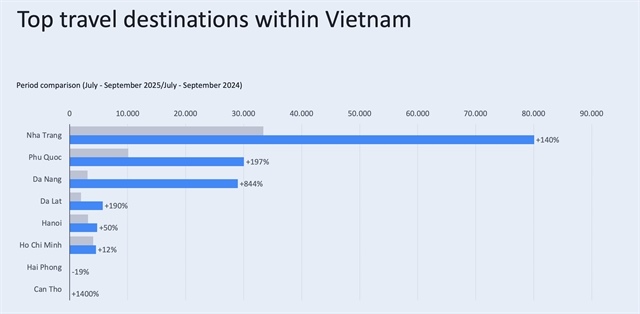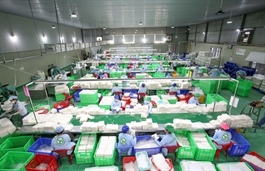Vietnam’s two-month trade surplus at 10-year high
Vietnam’s two-month trade surplus at 10-year high
The trade surplus contributes to macroeconomic stability, ensuring the significant balances of the economy and supporting the international payment balance.
In the first two months of the year, Vietnam's trade surplus reached over US$4.7 billion, the highest in the same period since 2014, according to data from the General Statistics Office (GSO).

Production of medical electrical products for export at Terumo Vietnam in Hanoi. Photo: Pham Hung/The Hanoi Times |
The total value of exports and imports of goods in the first two months of the year stood at nearly $114 billion, an increase of approximately 19% compared to the same period in 2023. Vietnam's trade surplus exceeded $4.7 billion, the highest in a decade.
Exports to the US and EU increased by nearly 37% and 14% respectively compared to the same period last year. In the Japanese market, the trade balance shifted from a trade deficit of $0.2 billion to a surplus of $0.4 billion.
Despite these positive aspects, experts note that the recent trade surplus is mainly due to a slower decline in export growth compared to imports. In the long run, this could pose a challenge for businesses as the global economy remains uncertain, purchasing power is weak, and concerns about inflation persist.
This is likely to significantly impact consumer demand and import activities.
Thanks to market signals in major importing countries showing signs of recovery, the total export turnover in the first two months increased by over 19%, reaching nearly $59.4 billion. Among them, foreign-invested firms contributed 71.5% to the total exports in the first two months, while domestic enterprises accounted for the remaining share.
Eleven commodity groups recorded turnover exceeding $1 billion, with four key groups (electronics, computers, phones and components, machinery and equipment, and textiles) generating over $5 billion from various markets.
On the flip side, Vietnam imported over $54.6 billion worth of goods, machinery, and production fuels, representing an 18% increase compared to the same period in 2023. Foreign-invested enterprises continue to be the major contributors to the importation of goods and raw materials for production, accounting for nearly $35 billion.
In terms of markets, China remains the largest importing market for Vietnam, accounting for nearly $21 billion. Meanwhile, the US is the largest destination for Vietnamese exports, reaching $17.4 billion in the first two months.



























